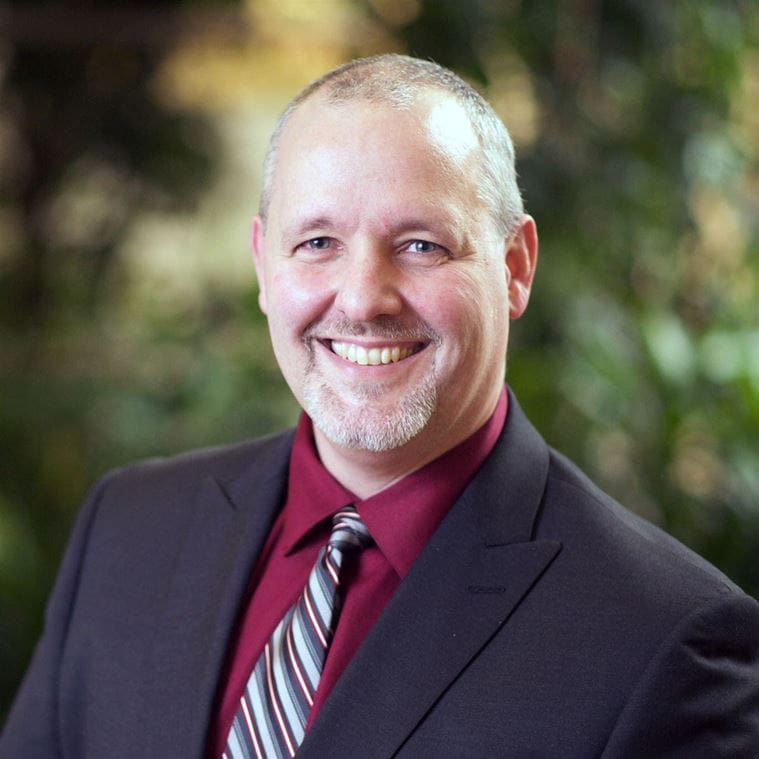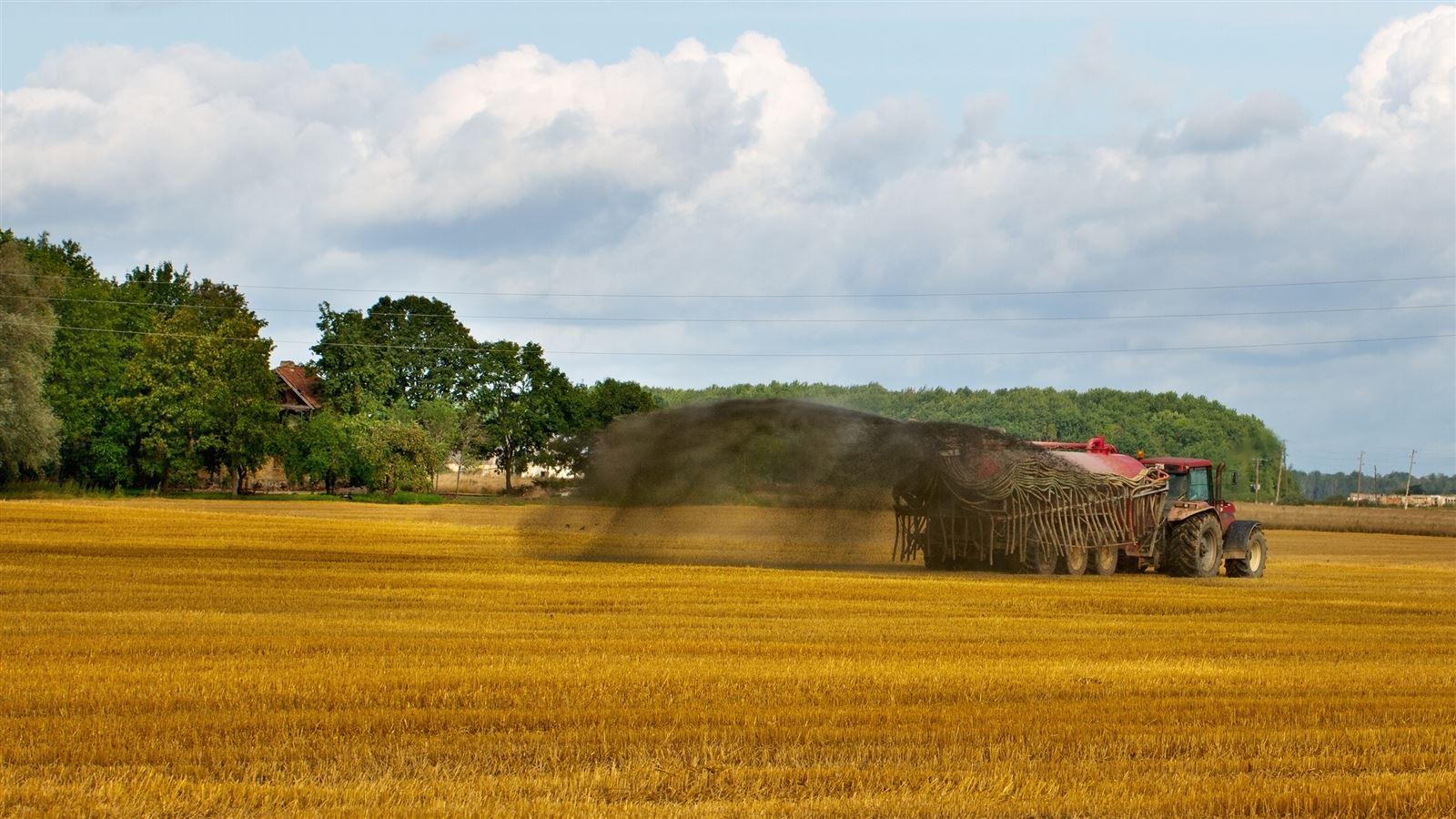PFAS in Biosolids: New Research Fills Critical Data Gaps
One year ago, CDM Smith and several research partners (Water Environment Foundation, National Association of Clean Water Agencies and the North East Biosolids and Residual Association) released a report called, “Cost Analysis of the Impacts on Municipal Utilities and Biosolids Management to Address PFAS Contamination.” The lead author, CDM Smith environmental engineer Eric Spargimino, analyzed data collected from dozens of facilities throughout the nation. The forecast was stark, projecting a 37% increase in overall costs required to address PFAS.
“The fact is that water and wastewater utilities are the receivers of PFAS,” Spargimino said at the time. “Regulation will continue to significantly disrupt markets if these utilities and other receivers of PFAS aren’t provided treatment options and funding for PFAS mitigation, and the tools needed to identify and control upstream sources of PFAS.”

It is now understood that traditional wastewater treatment and biosolids stabilization processes do not effectively degrade PFAS. That presents a clear problem for utilities that process biosolids for beneficial use. Water Resource Recovery Facilities (WRRFs) have become fertile grounds for PFAS research, due to the important role they play in safeguarding surrounding waterways from contamination.
For years, researchers have been trying to identify the extent to which potentially harmful PFAS are leaching into water supplies via land-applied biosolids. As part of an unprecedented series of sampling and investigative efforts led by the Water Research Foundation (WRF) and CDM Smith, CDM Smith has been collecting and characterizing data from wastewater utilities across the U.S. With these new PFAS profiles, our scientists and engineers have been able to better understand what factors influence PFAS partitioning between biosolids and water.
WRF project 5042 is a carefully designed study to understand how PFAS partitioning changes as the biosolids are biologically weathered. Led by Dr. Charles Schaefer , principal investigator of the study and Director of the CDM Smith Research and Testing Laboratory in Bellevue, WA, the project started in 2019 and has already confirmed what many in the field of PFAS fate and transport have suspected for a long time: PFAS are leaching from field-deployed biosolids. But Schaefer and his team also discovered that the leaching process is more complicated, especially in light of our improved understanding of PFAS precursors.
After testing seven facilities, the research team found sustained release of PFAS from field-deployed biosolids during the six months of testing. This project may be the first to examine the impacts of both biosolids processing and biosolids aging on PFAS release, providing much-needed data that can inform future policymaking and PFAS source control. Among the findings so far, the project team reports the precursor transformation to perfluorinated carboxylates likely occurs during land application of biosolids. That means that not only are targeted PFAS showing up in biosolids, but some compounds, not traditionally monitored, are transforming into potentially harmful PFAS. Note, the levels of PFAS in biosolids deemed potentially harmful are subject to further study.
The final results of WRF 5042 are set to be released in Spring 2022. Real world data collected via case studies, increased sampling and a review of existing data sets will provide utilities with practical, implementable guidance on PFAS source evaluation and cost-effective mitigation. Information gained from this study is critical for regulators and utilities to develop the ability to implement the right treatment goals and assess overall PFAS removal.
A second CDM Smith-led project, WRF 5031, is quantifying a wide range of PFAS within WRRFs in the aqueous, solid and gaseous phases . Upon completion of the project , our researchers will provide definitive guidance on process-based strategies to attenuate the mass flow of PFAS from WRRFs to the environment.
WRF 5031 is on track to be completed in 2023. And stay tuned for coverage of the third leg of this multi-pronged PFAS characterization effort—WRF 5082—in which researchers look at the other end of the PFAS lifecycle to develop prevention and mitigation strategies to help keep PFAS out of wastewater utilities. For the latest on these projects and everything PFAS, subscribe to Breaking Down PFAS from CDM Smith.

The future of PFAS is about options: optimizing upstream treatment technology, reducing downstream waste generation, and destroying PFAS.







